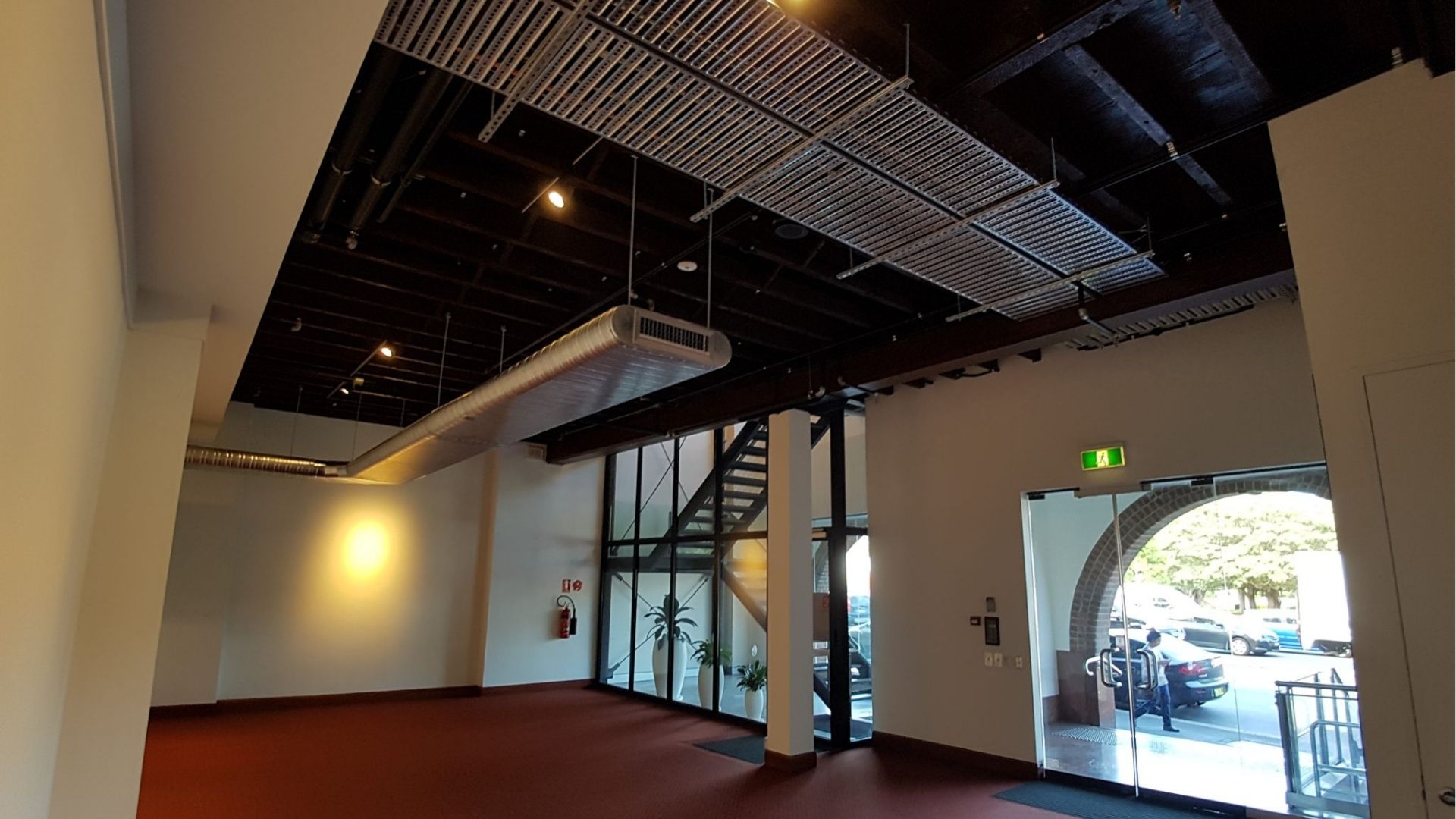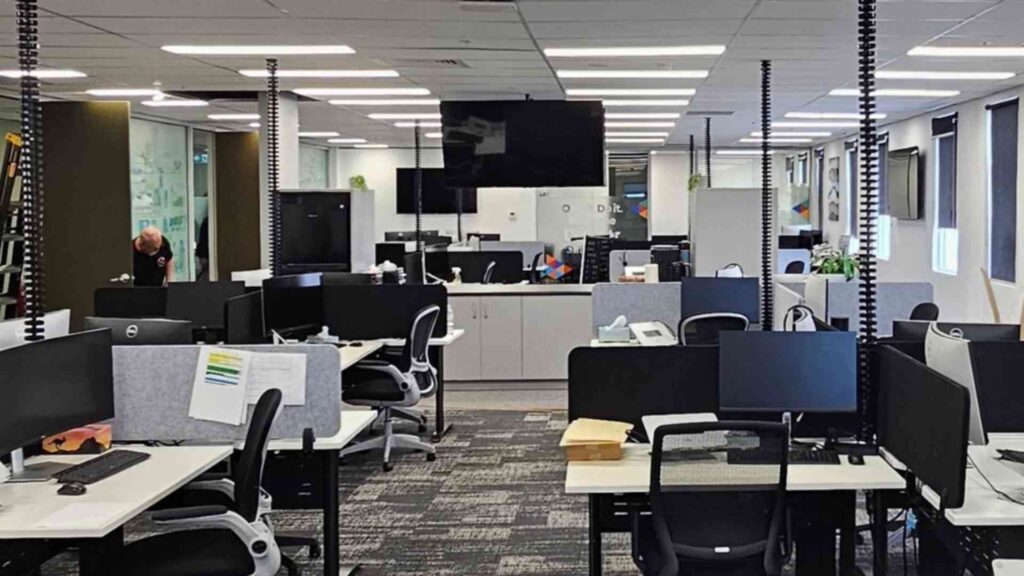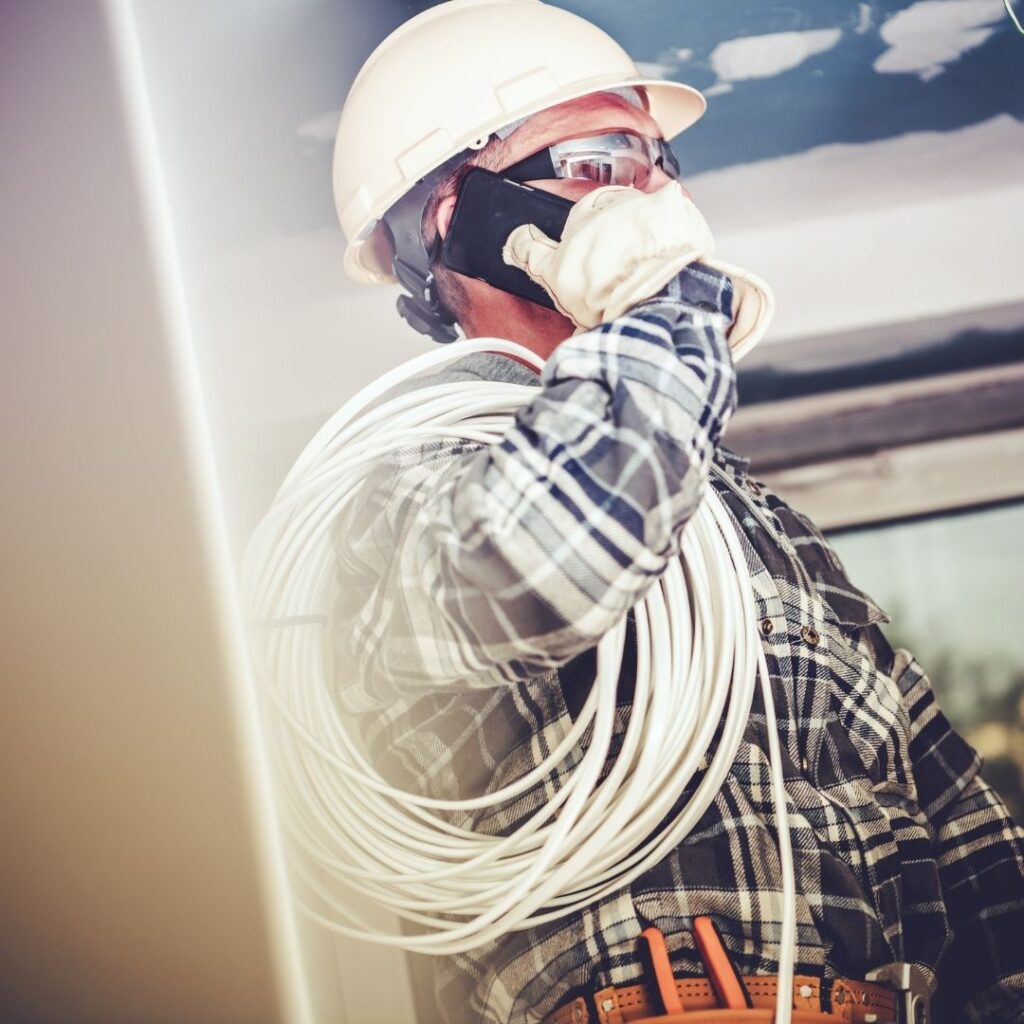In today’s digitally-driven world, the importance of a skilled data cabler cannot be overstated. These specialized technicians form the backbone of our connected environments, ensuring reliable network performance in homes, offices, and industrial facilities across Sydney. This comprehensive guide explores the critical aspects of professional data cabling and why it demands expert attention for optimal performance and future-proofing.

Understanding Data Cabling Fundamentals
A qualified structured cabling technician performs much more than simply running cables through walls. Their work involves careful planning, precise installation techniques, and strict adherence to telecommunications standards to create robust network infrastructures. Proper data cabling serves as the nervous system of modern buildings, supporting everything from internet connectivity to security systems and smart home automation.
The difference between amateur and professional cabling becomes apparent in network performance and reliability. While a basic setup might function initially, only a certified Commercial Electrician Services with data cabling expertise can ensure installations meet current standards while accommodating future bandwidth requirements. This becomes particularly important when integrating with other systems like those outlined in our Power Installation guide for modern buildings.
Residential vs. Commercial Cabling Requirements
Data cabling needs vary significantly between residential and commercial environments. Homes typically require structured cabling to support:
- High-speed internet connections
- Smart home devices
- Home office setups
- Entertainment systems
Commercial installations demand more complex solutions including:
- Enterprise-grade network backbones
- VoIP telephone systems
- Security and access control networks
- Server room connectivity
For specialized industrial applications, Industrial Electrician Services providers can implement ruggedized cabling solutions that withstand harsh environments while maintaining data integrity.
Choosing the Right Cabling Professional
Selecting a qualified data cabler requires careful consideration of several factors. First and foremost, verify the technician holds current Australian Communications and Media Authority (ACMA) accreditation. This ensures they’re authorized to work with telecommunications cabling in Australia.
Experience with similar projects is equally important. A cabler familiar with Surry Hills’ unique mix of heritage and modern properties, like those at Electrician Surry Hills, will understand how to navigate challenges specific to the area. They should be able to provide references from previous clients with comparable requirements.
Quality materials make a significant difference in installation longevity. Professional cablers use certified cables, connectors, and patch panels from reputable manufacturers rather than cutting corners with substandard components. They should also provide clear documentation of the installed system for future reference and maintenance.

The Data Cabling Installation Process
Professional data cabling follows a meticulous process to ensure optimal performance:
- Site Assessment and Planning
A thorough evaluation of the property identifies optimal cable routes, potential interference sources, and equipment placement. This stage includes creating a detailed cabling schematic. - Cable Installation
Proper techniques include maintaining bend radius limits, avoiding sharp edges, and separating data cables from power lines to prevent interference. Certified cablers use appropriate supports and conduits. - Termination and Testing
Each connection receives professional termination and rigorous testing using specialized equipment to verify performance meets specifications.
For homeowners wanting to understand basic network troubleshooting, our Home Circuit Tester provides useful information, though data cabling itself should always be handled by professionals.
Future-Proofing Your Cabling Infrastructure
With technology evolving rapidly, forward-thinking cabling installations incorporate several key elements:
- Higher category cables (Cat6A or fiber) to support future bandwidth needs
- Additional conduit for easy upgrades
- Structured cabling approaches that simplify modifications
- Proper labeling and documentation for maintenance
These considerations become particularly important when implementing energy management systems outlined in Conserve Electricity Tips, as smart energy solutions increasingly rely on robust data networks.
Common Cabling Mistakes to Avoid
Many network issues stem from installation errors that could have been prevented:
- Mixing cable categories within the same run
- Exceeding maximum cable length specifications
- Poor termination practices causing signal loss
- Inadequate separation from electrical wiring
- Failing to test all connections thoroughly
These mistakes highlight why professional installation by qualified technicians like those at Lightspeed Electricals is so valuable for both performance and reliability.

Maintenance and Upgrades
Like any critical infrastructure, data cabling benefits from periodic professional evaluation. As technology standards evolve and equipment gets upgraded, existing cabling may need reassessment to ensure it continues meeting requirements. Certified cablers can perform network certification tests that verify performance meets current standards.
When planning office expansions or renovations, consult with your cabling professional early in the process. This allows for proper integration with existing infrastructure while accommodating new requirements. Proper documentation from the original installation makes these upgrades significantly smoother and more cost-effective.
Conclusion: Investing in Quality Data Cabling
Your network infrastructure is too important to leave to chance. Professional data cabling installed by qualified technicians provides the reliable, high-performance foundation your home or business needs in our increasingly connected world. From basic connectivity to supporting emerging technologies, a well-designed and properly installed system delivers long-term value while avoiding the frustrations of network issues.
Whether you’re building new or upgrading existing infrastructure, investing in professional data cabling ensures optimal performance today while preparing for tomorrow’s needs. For expert cabling services tailored to your specific requirements, contact certified professionals who understand the importance of getting every detail right from initial design through final testing.


